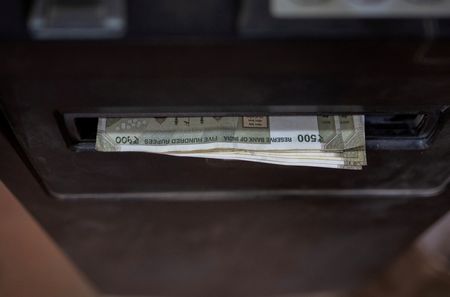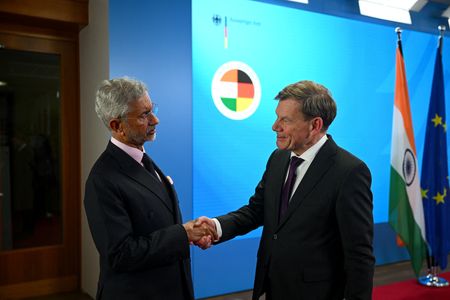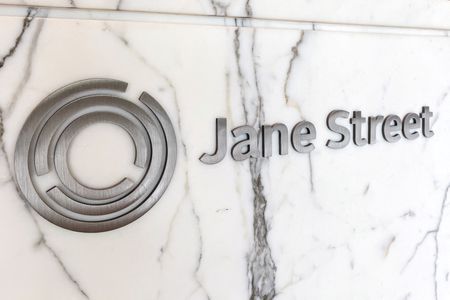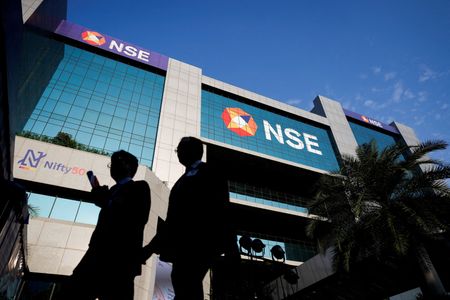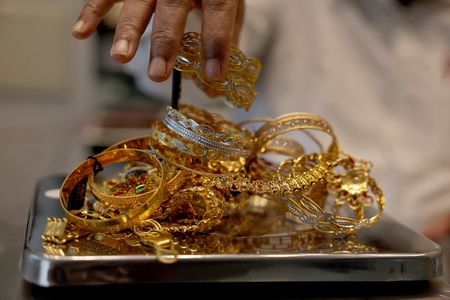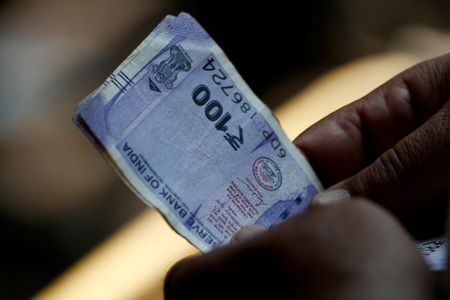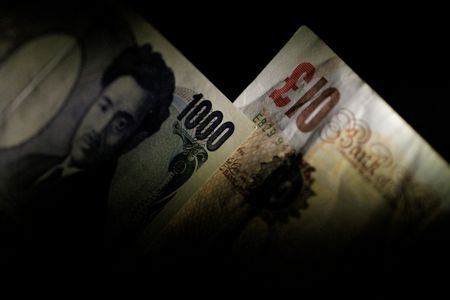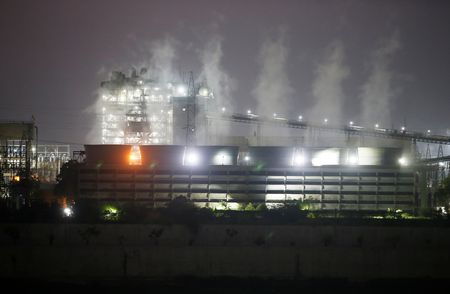By Ashwin Manikandan
MUMBAI (Reuters) – The Indian rupee ended higher on Wednesday even as most Asian currencies fell, with market participants betting on the unit staging a recovery in the near term, while weakness in the dollar index and strong local shares also aided sentiment.
The currency ended at 88.0700, up 0.1% from Tuesday’s close of 88.1550. It hit an intraday high of 87.9900 before declining below the 88-mark.
The rupee, which is among the worst-performing Asian currencies this year, hit an all-time low of 88.33 per dollar on Monday on outflows as well as concerns from the fallout of U.S. tariffs.
A Reuters poll of currency analysts on Wednesday showed that the rupee will avoid a further dramatic slide, with a median forecast of 88.04 per dollar by the end of this month.
However, over one-third expect the currency to drift towards 90 as long as hefty U.S. tariffs on Indian goods stay in force.
The punitive 50% U.S. tariffs, among the steepest in the world, are threatening to curb trade and capital inflows.
The rupee has fallen about 3% so far this year, weighed down by net foreign equity outflows of $15 billion, as ties with the U.S. remain strained over tariffs and New Delhi’s purchases of Russian oil.
“The rupee is expected to trade with a negative bias,” said Amit Pabari, managing director of CR Forex. Still, the pair will face resistance near 88.40, while support remains at 87.50.
Stalled trade negotiations with the U.S. and heightened political uncertainty in major global economies are likely to continue being a drag on the currency, Pabari said.
Most Asian currencies weakened on Wednesday after a global bond market selloff deterred investors, with the Korean Won leading the losses.
India’s benchmark Nifty 50 index ended 0.6% higher, while the dollar index was down 0.2% at 98.215 at 1530 IST.
(Reporting by Ashwin Manikandan; Editing by Eileen Soreng)

